Multilateral development banks and international financial institutions argue that mobilizing private investment is crucial to meeting developing economies’ needs for climate and development finance. But boosting government revenues is far more likely to generate the trillions of dollars needed to close these financing gaps.
NEW DELHI – The international development sector has become fixated on calculating financing gaps. Hardly a day goes by without new estimates of the funds low- and middle-income countries (LMICs) need to meet their climate targets and achieve the United Nations Sustainable Development Goals (SDGs).
The Independent High-Level Expert Group on Climate Finance, for example, estimates that developing and emerging economies (excluding China) need $2.4 trillion annually by 2030 to close the financing gap for investments in mitigation and adaptation. Achieving the SDGs would require an extra $3.5 trillion per year. Similarly, the UN’s 2023 Trade and Development Report suggests that LMICs need roughly $4 trillion per year to meet their climate and development goals.
Such estimates can elicit a range of psychological and policy responses. Ideally, they would encourage greater ambition and urgency in crafting and implementing policies at both the national and international levels. But they can also be distracting and demoralizing, especially given the current shortfalls in climate and development financing. Consequently, a growing number of commentators argue that governments and multilateral lenders alone cannot meet developing countries’ financing needs.
At first glance, this argument is difficult to dispute. The vast majority of the world’s financial assets, currently valued at roughly $470 trillion, are privately held. Redirecting just 1% of these resources toward climate and development initiatives would be enough to meet even the highest annual estimates. This math has helped popularize the “billions to trillions” slogan, which calls for governments and development banks to incentivize and mobilize private-sector investment.
The World Bank has been a leading proponent of this approach, especially under the leadership of President Ajay Banga, who has spent most of his career in the private sector. The Bank’s newfound private-sector-oriented strategy focuses on four key priorities: ensuring regulatory certainty, providing insurance against political risks, mitigating foreign-exchange risks, and implementing an originate-to-distribute model, which typically involves securitizing loans and selling them to investors.
Some of these priorities are not new. The World Bank has long championed regulatory certainty, which often translates into advocating deregulation. Managing political risks has also always been a priority, though success remains notoriously difficult to measure. It is unclear whether the Bank’s solution – providing data on sovereign defaults and recovery rates across countries dating back to 1985 – actually leads to effective risk mitigation.
Likewise, the Bank’s endorsement of the originate-to-distribute model is puzzling, given securitization’s track record of triggering financial crises in both developed and developing countries. Unsurprisingly, the various Bank funds established to encourage private investment have had a limited impact so far.
But the problems with the “billions to trillions” approach are not confined to the World Bank. For starters, this strategy’s potential impact on the availability of funds for public spending remains unclear. Then there is the challenge of ensuring that “incentivized” private capital actually delivers the promised results.
It is important to remember that international financial institutions, particularly multilateral development banks (MDBs), have been underperforming for years. A 2023 report by the G20’s Independent Expert Group highlights the procyclical behavior of these institutions, which were originally established to counteract such trends.
According to the report, net transfers from the International Monetary Fund to LMICs fell by $19 billion from 2022 to 2023, while those from the World Bank Group decreased by $6 billion. Regional development banks also experienced declines. Overall, net resource transfers from MDBs turned negative in 2023, owing partly to a downturn in private financial flows.
Simply put, MDBs reduced lending just when it was most needed. If they allocate more resources to mitigating risks for private investors, available funds for essential public services will shrink even further. Historically, private investors have relied on the public sector to finance infrastructure projects and riskier, less profitable ventures. If governments and international institutions remain resource-constrained, it is highly unlikely that private entities will step in to bridge the gap.
The problem is compounded by the difficulty of ensuring that private entities fulfill their commitments. The prevailing approach involves offering incentives, such as subsidies and risk underwriting, but not at the same time establishing clear conditions, enforcement mechanisms, and regulations to curb monopolistic and anticompetitive behavior. Countries like China have successfully mobilized significant private investment for their energy transitions by wielding carrots and sticks. By contrast, many LMICs and the international financial institutions that advise them have relied heavily on incentives without making any effort to shape markets through effective regulation and controls.
It is time to move beyond the hollow “billions to trillions” mindset and ensure that the billions we do have are spent wisely. This requires boosting LMICs’ public revenues by facilitating sovereign-debt reductions, enhancing cooperation to ensure that multinational companies and the super-rich are properly taxed, and advancing new allocations of special drawing rights (the IMF’s reserve asset). Together, these measures are far more likely to generate the trillions of dollars needed to close development- and climate-financing gaps in the developing world.
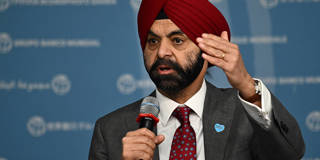


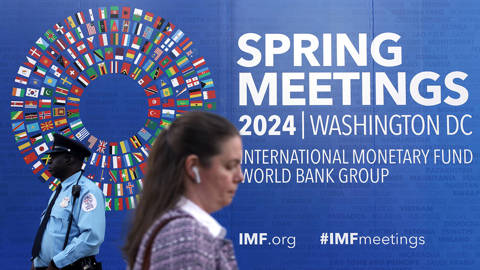


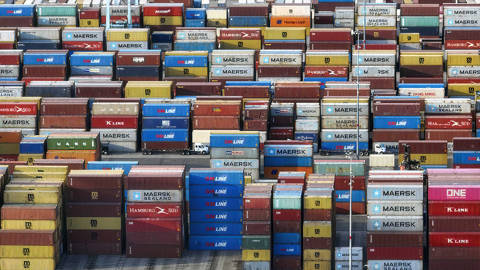
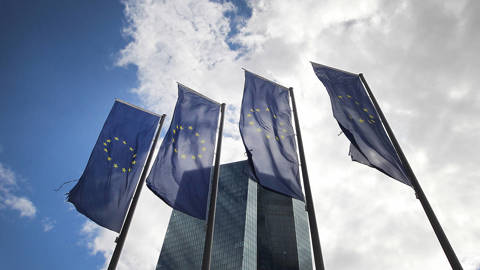
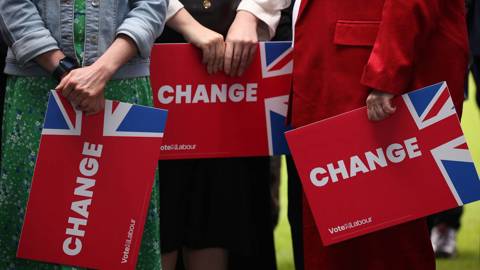
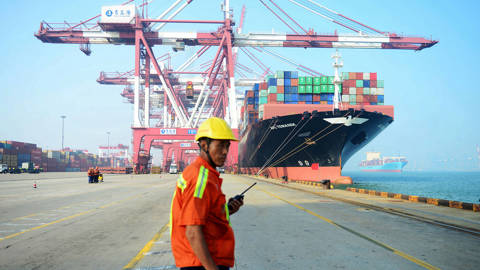

NEW DELHI – The international development sector has become fixated on calculating financing gaps. Hardly a day goes by without new estimates of the funds low- and middle-income countries (LMICs) need to meet their climate targets and achieve the United Nations Sustainable Development Goals (SDGs).
The Independent High-Level Expert Group on Climate Finance, for example, estimates that developing and emerging economies (excluding China) need $2.4 trillion annually by 2030 to close the financing gap for investments in mitigation and adaptation. Achieving the SDGs would require an extra $3.5 trillion per year. Similarly, the UN’s 2023 Trade and Development Report suggests that LMICs need roughly $4 trillion per year to meet their climate and development goals.
Such estimates can elicit a range of psychological and policy responses. Ideally, they would encourage greater ambition and urgency in crafting and implementing policies at both the national and international levels. But they can also be distracting and demoralizing, especially given the current shortfalls in climate and development financing. Consequently, a growing number of commentators argue that governments and multilateral lenders alone cannot meet developing countries’ financing needs.
At first glance, this argument is difficult to dispute. The vast majority of the world’s financial assets, currently valued at roughly $470 trillion, are privately held. Redirecting just 1% of these resources toward climate and development initiatives would be enough to meet even the highest annual estimates. This math has helped popularize the “billions to trillions” slogan, which calls for governments and development banks to incentivize and mobilize private-sector investment.
The World Bank has been a leading proponent of this approach, especially under the leadership of President Ajay Banga, who has spent most of his career in the private sector. The Bank’s newfound private-sector-oriented strategy focuses on four key priorities: ensuring regulatory certainty, providing insurance against political risks, mitigating foreign-exchange risks, and implementing an originate-to-distribute model, which typically involves securitizing loans and selling them to investors.
Some of these priorities are not new. The World Bank has long championed regulatory certainty, which often translates into advocating deregulation. Managing political risks has also always been a priority, though success remains notoriously difficult to measure. It is unclear whether the Bank’s solution – providing data on sovereign defaults and recovery rates across countries dating back to 1985 – actually leads to effective risk mitigation.
SPRING SALE: Save 40% on all new Digital or Digital Plus subscriptions
Subscribe now to gain greater access to Project Syndicate – including every commentary and our entire On Point suite of subscriber-exclusive content – starting at just $49.99.
Subscribe Now
Likewise, the Bank’s endorsement of the originate-to-distribute model is puzzling, given securitization’s track record of triggering financial crises in both developed and developing countries. Unsurprisingly, the various Bank funds established to encourage private investment have had a limited impact so far.
But the problems with the “billions to trillions” approach are not confined to the World Bank. For starters, this strategy’s potential impact on the availability of funds for public spending remains unclear. Then there is the challenge of ensuring that “incentivized” private capital actually delivers the promised results.
It is important to remember that international financial institutions, particularly multilateral development banks (MDBs), have been underperforming for years. A 2023 report by the G20’s Independent Expert Group highlights the procyclical behavior of these institutions, which were originally established to counteract such trends.
According to the report, net transfers from the International Monetary Fund to LMICs fell by $19 billion from 2022 to 2023, while those from the World Bank Group decreased by $6 billion. Regional development banks also experienced declines. Overall, net resource transfers from MDBs turned negative in 2023, owing partly to a downturn in private financial flows.
Simply put, MDBs reduced lending just when it was most needed. If they allocate more resources to mitigating risks for private investors, available funds for essential public services will shrink even further. Historically, private investors have relied on the public sector to finance infrastructure projects and riskier, less profitable ventures. If governments and international institutions remain resource-constrained, it is highly unlikely that private entities will step in to bridge the gap.
The problem is compounded by the difficulty of ensuring that private entities fulfill their commitments. The prevailing approach involves offering incentives, such as subsidies and risk underwriting, but not at the same time establishing clear conditions, enforcement mechanisms, and regulations to curb monopolistic and anticompetitive behavior. Countries like China have successfully mobilized significant private investment for their energy transitions by wielding carrots and sticks. By contrast, many LMICs and the international financial institutions that advise them have relied heavily on incentives without making any effort to shape markets through effective regulation and controls.
It is time to move beyond the hollow “billions to trillions” mindset and ensure that the billions we do have are spent wisely. This requires boosting LMICs’ public revenues by facilitating sovereign-debt reductions, enhancing cooperation to ensure that multinational companies and the super-rich are properly taxed, and advancing new allocations of special drawing rights (the IMF’s reserve asset). Together, these measures are far more likely to generate the trillions of dollars needed to close development- and climate-financing gaps in the developing world.